1
/
of
12
Product number: SKU:23392
23392 Kanjiro Kawai (Three-colored bowl)
23392 Kanjiro Kawai (Three-colored bowl)
Sold out


【Related categories】
Share
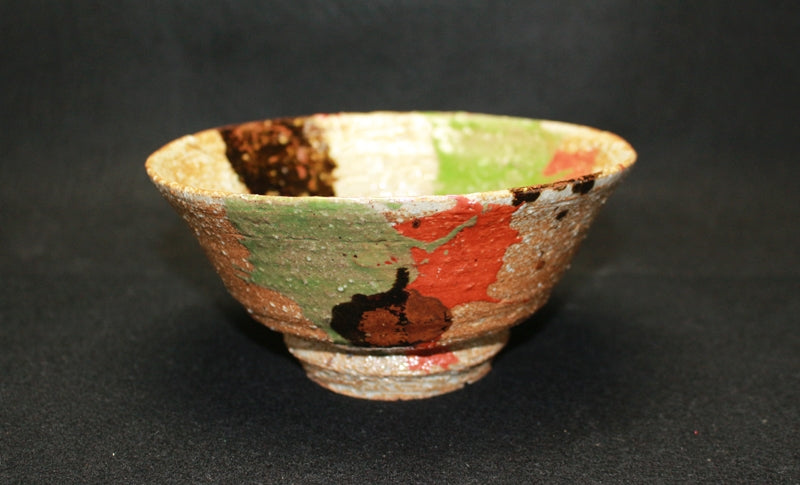
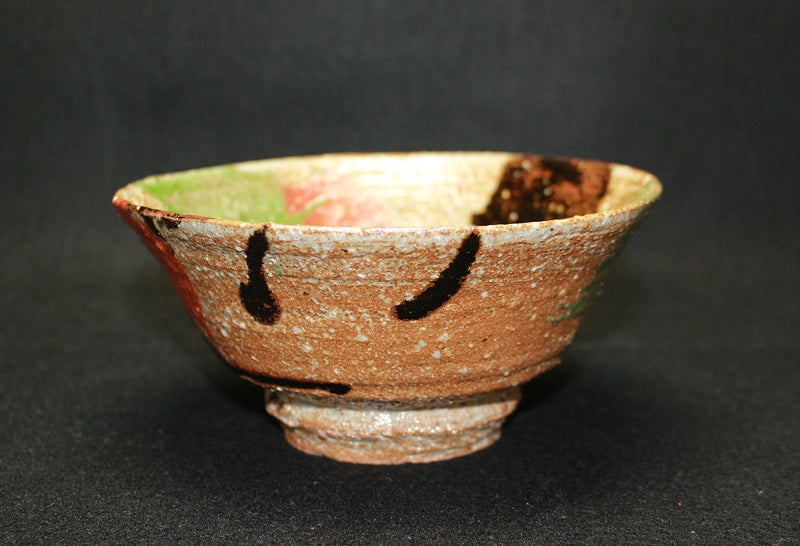



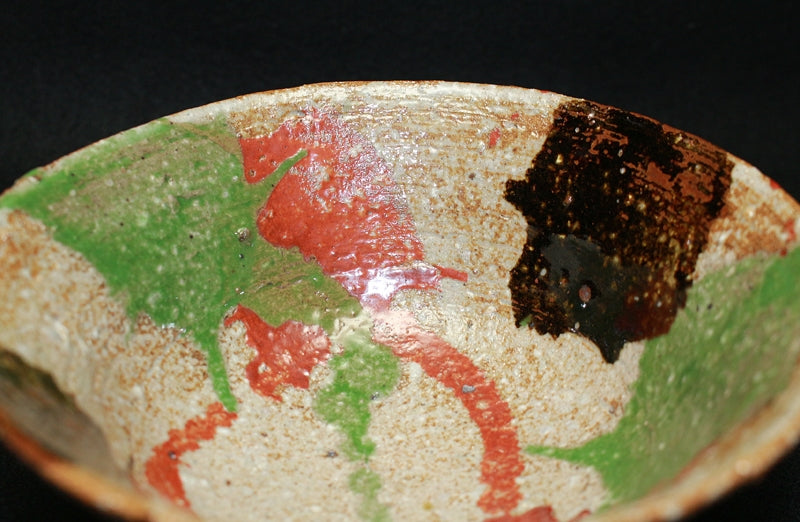
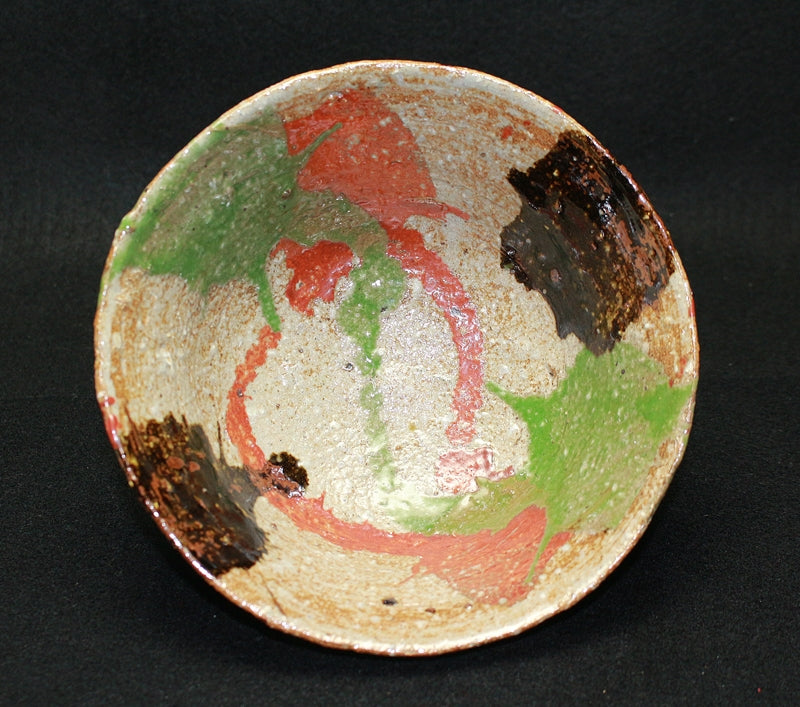
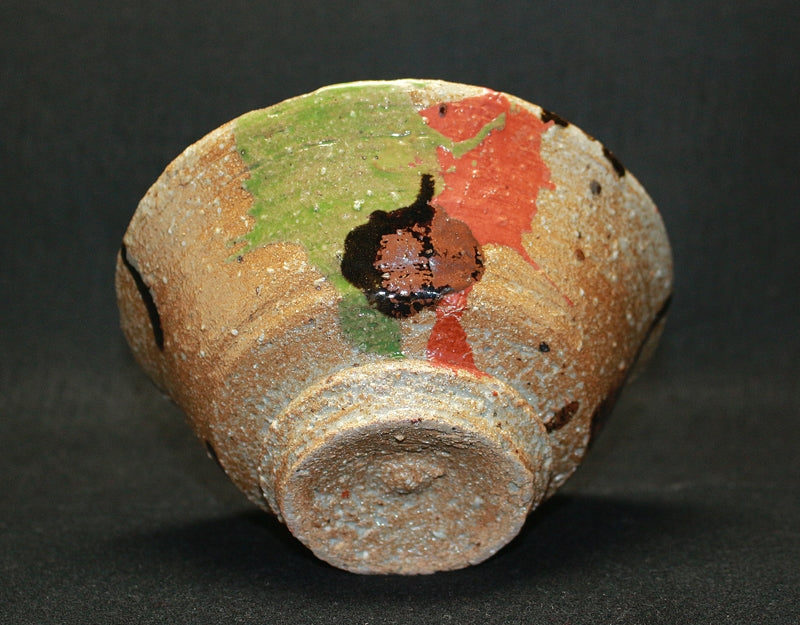


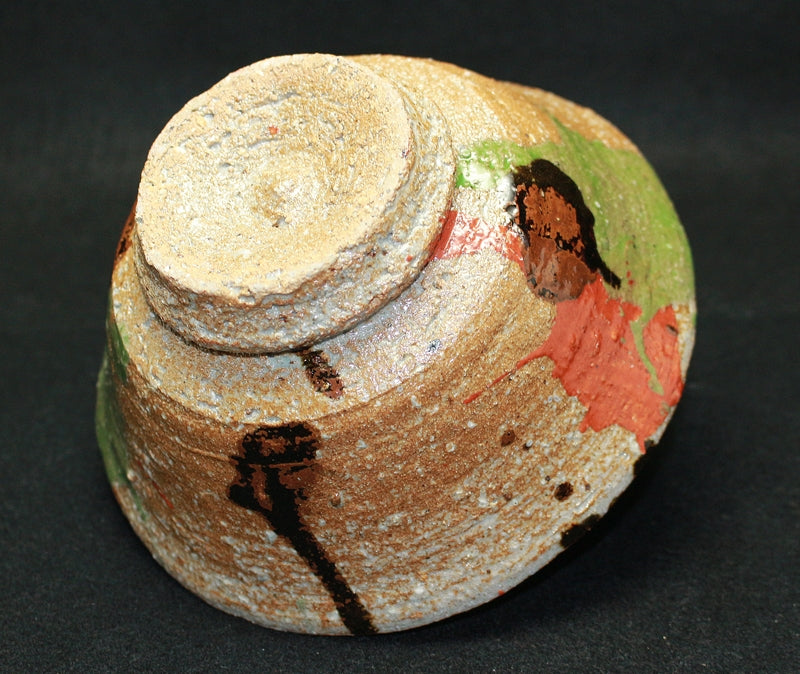





















Height 7.6cm Diameter 15.8cm
Together with such great masters as Yanagi Muneyoshi and Hamada Shoji, who are representative of the Japanese folk art world, and Tomimoto Kenkichi and Kuroda Tatsuaki, who are representative of modern Japanese crafts, Kawai Kanjiro is a central figure who built the foundations of the Japanese folk art world. He has pioneered new frontiers in modern ceramics with his profound yet simple style that pursues "beauty of utility," and is highly acclaimed worldwide, having won the Grand Prize at the Milan International Exhibition. This work was created in his later years, and features a well-balanced shape and outstanding coloring in three colors: red, black, and green. Kanjiro's painting has a unique momentum and strength that his predecessors did not have. On the day of painting, he wrote in his diary that he was "exhausted." Why not experience the overwhelming worldview of Kawai Kanjiro, who pursued "beauty of utility" and pushed Japanese folk art pottery to the world of art? Other works by this artist are included in the Kawai Kanjiro collection of works from the "Kawakatsu Collection," housed at the National Museum of Modern Art, Kyoto.